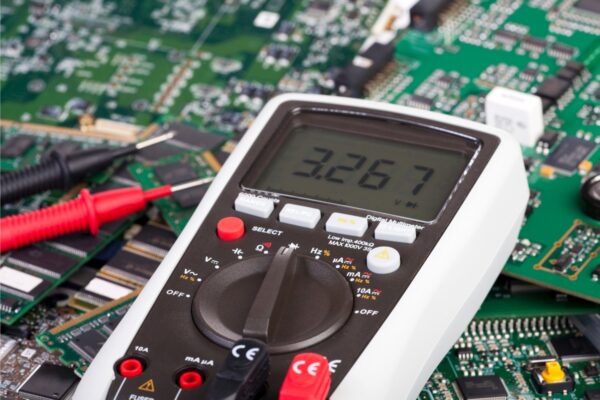What is Conductive Anodic Filament (CAF)
Conductive Anodic Filament (CAF) is a phenomenon observed in the PCB industry where a conductive filament grows from the anode to the cathode, leading to electrical failure. This filament is composed of copper-containing salts and oxide and forms along the fibers in the dielectric material of the PCB. CAF formation is a result of an electrochemical reaction driven by an applied voltage.
Several factors need to be present to understand CAF formation. Firstly, electrical-charge carriers are required to enable the formation of an electrochemical cell. Secondly, the presence of water, which occurs due to humidity and moisture build-up, is necessary as it dissolves the ionic material and sustains them in their mobile ionic state. An acid environment near conductors is also needed to enable corrosion at the anode. Additionally, a voltage bias is required to drive the reaction, and a pathway for the ions to move from the anode to the cathode must be present.
The degradation of the resin glass interface is believed to be the initial step in CAF formation. This degradation creates a potential zone for moisture absorption, which acts as an aqueous medium for the transport of electrochemical ions or corrosion products. The copper traces in the PCB serve as electrodes, water acts as an electrolyte, and voltage provides the driving force for the growth of conductive anodic filaments.
Various factors can accelerate the CAF formation process, including high temperatures, high humidity, repeated thermal cycles, high voltage gradient between the anode and cathode, and certain soldering flux ingredients. It is important to note that CAF typically forms in the buried layers of PCBs.





